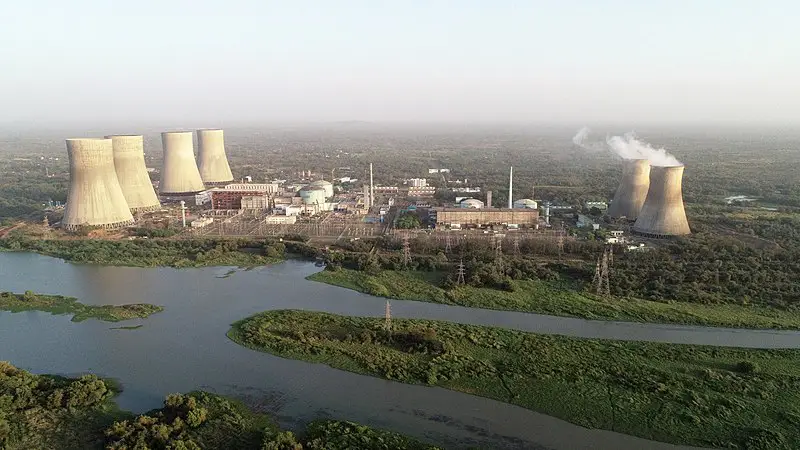Recently, India’s First Pressurized Heavy Water Reactor at Kakrapar, Gujarat Attains Criticality. KAPP-3 is India’s first 700 MWe (megawatt electric) unit, and biggest indigenously developed variant of Pressurised Heavy Water Reactor (PHWR). Until now, biggest reactor size of indigenous design was 540 MWe PHWR (Tarapur). KAPP-3 is located at Kakrapar Site, Gujarat, where already two 220 MWe PHWRs (KAPS-1 & KAPS-2) are in operation and another 700 MWe PHWR (KAPP-4) is under advanced stage of construction.
- First two units at Kakrapar were based on Canadian technology.
- PHWR is a nuclear power reactor commonly using unenriched natural uranium as its fuel, that uses heavy water (deuterium oxide) as its coolant and moderator.
A reactor achieves criticality (and is said to be critical) when each fission event releases a sufficient number of neutrons to sustain an ongoing series of reactions.
- Fission is a process in which the nucleus of an atom splits into two or more smaller nuclei. This produces heat, which is used to generate electricity.
Indian Nuclear Power Generation envisages a Three Stage Programme.
- Stage 1: Use natural uranium to fuel pressurized heavy water reactors (PHWRs). The byproduct is Plutonium-239 (Pu-239).
- Stage 2: Fast Breeder Reactor envisages the use of Pu-239 obtained from the first stage reactor operation, as the fuel core.
- Stage-3: Build thorium-based reactors that can be refuelled using India’s thorium reserves, which are converted to Uranium-233 inside the reactor.
Nuclear power in India | UPSC – IAS
Nuclear power is the fifth-largest source of electricity in India after coal, gas, hydroelectricity and wind power. As of March 2018, India has 22 nuclear reactors in operation in 7 nuclear power plants, with a total installed capacity of 6,780 MW. Nuclear power produced a total of 35 TWh and supplied 3.22% of Indian electricity in 2017. 7 more reactors are under construction with a combined generation capacity of 4,300 MW.
-
India plans to put 21 new nuclear power reactors – including 10 indigenously designed PHWRs – with a combined generating capacity of 15,700 MWe into operation by 2031, the Department of Atomic Energy announced in January 2019.




